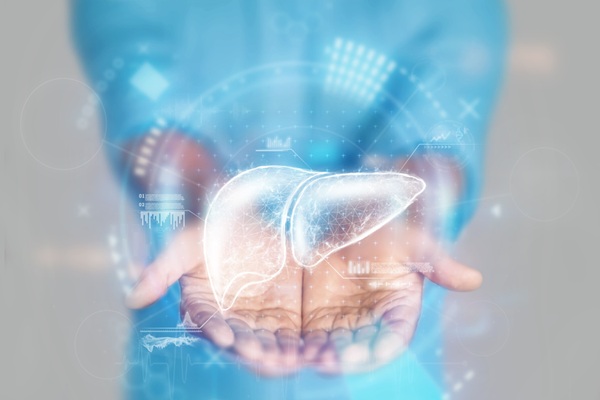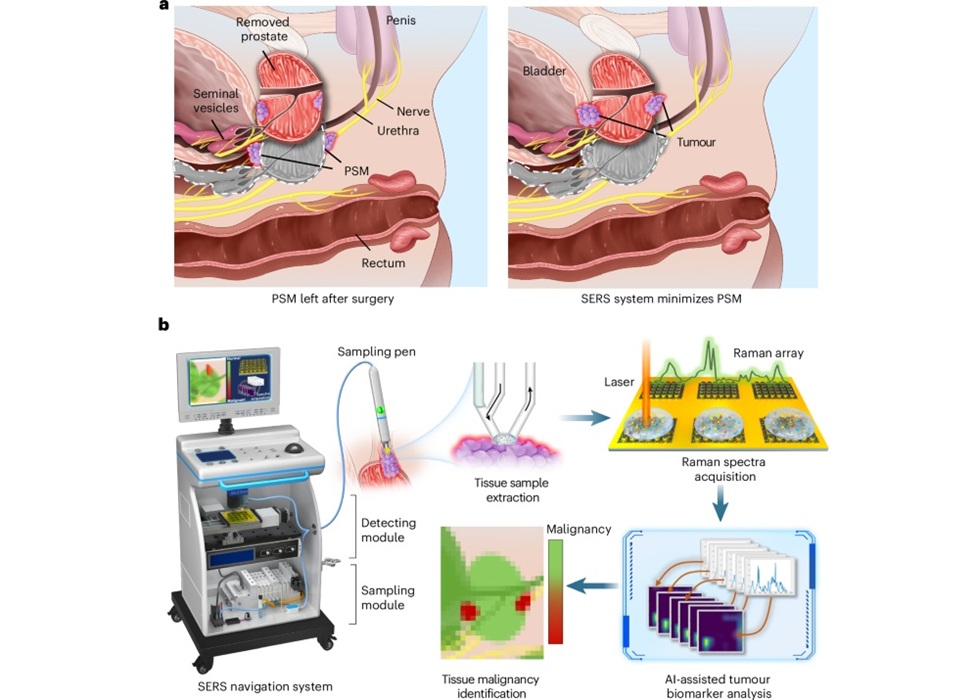Machine-Learning Tool to Improve Clinical Outcomes for Stroke Patients with Large Blood Vessel Blockages
|
By HospiMedica International staff writers Posted on 11 Oct 2024 |
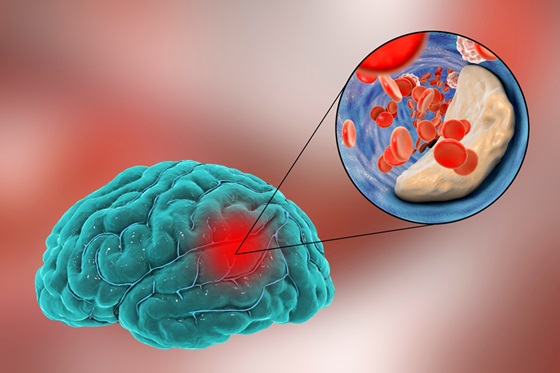
An ischemic stroke occurs when a blood clot or other particle blocks a blood vessel in the brain. In about one-third of cases, clot-dissolving medications can successfully break up the blockage. However, when the clot is large, medication alone often proves insufficient, leading doctors to consider endovascular therapy. This procedure involves guiding a catheter through an artery in the groin or wrist into the brain to remove the clot. Recent studies suggest that even a day or more after a stroke, and even in cases of extensive damage, patients can still experience positive outcomes from endovascular therapy. Conversely, some patients who are predicted to benefit from this procedure based on specific metrics do not see improvement. While doctors can successfully restore blood flow by unblocking the artery in over 90% of cases, more than 50% of these patients still suffer from moderate to severe disability. A new study aims to bridge the gap between successful vessel reopening via endovascular surgery and reduced post-stroke disability.
The five-year study, to be conducted by researchers at University of Texas Health Science Center at Houston (Houston, TX, USA), will focus on developing a machine-learning tool to predict which stroke patients with large vessel blockages are most likely to benefit from endovascular therapy. The team will create a database of imaging and clinical outcomes from patients at three U.S. hospitals who have undergone successful reperfusion, the process of reopening the blocked vessel. This database will help researchers identify clinical and imaging predictors of brain damage following reperfusion.
The research team will develop a machine-learning model capable of predicting brain tissue viability and clinical outcomes using data collected both before endovascular therapy and after reperfusion. This deep-learning model will incorporate imaging data, patient clinical history, and stroke severity measures to help identify patients for whom endovascular therapy alone may not be enough to produce favorable outcomes. By analyzing changes between pre- and post-treatment imaging and clinical variables, the model will also aim to predict outcomes in patients treated with clot-busting medications and/or endovascular therapy.
“We are letting an algorithm learn the visual features that are predictive to doing well, or not doing well,” said lead investigator Luca Giancardo, PhD, associate professor at UTHealth Houston. “It’s not that machine learning or AI see things that are invisible. They see things that are there. But finding correlations between multiple modalities, with longitudinal data, it’s hard because they can be very subtle. The model is hopefully going to see things that we don’t see, that we don’t think to see, that we wouldn’t even think to analyze in certain ways. So, this model will hopefully be able to outperform what we can do with our eyes.”
Related Links:
UTHealth Houston
Channels
Surgical Techniques
view channel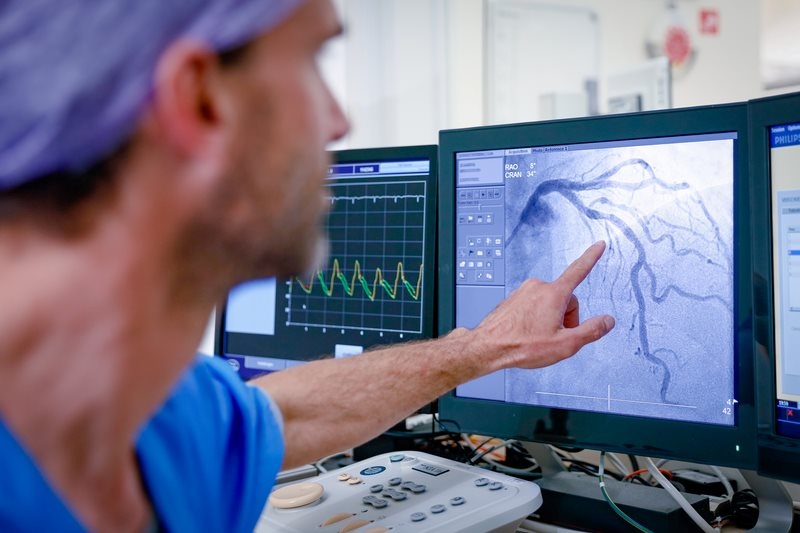
New Study Findings Could Halve Number of Stent Procedures
When a coronary artery becomes acutely blocked during a heart attack, opening it immediately is essential to prevent irreversible damage. However, many patients also have other narrowed vessels that appear... Read more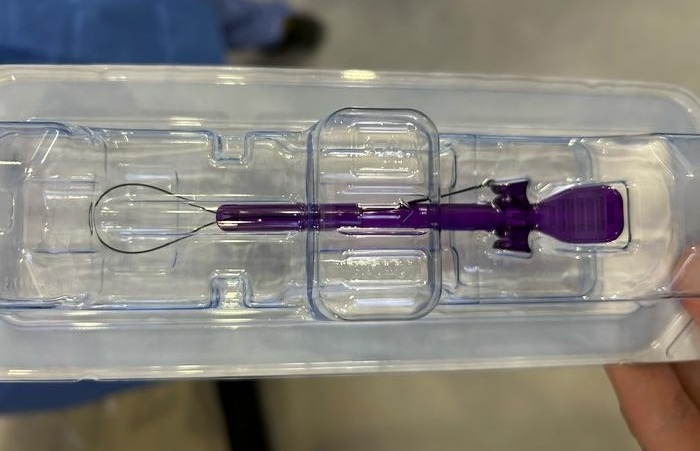
Breakthrough Surgical Device Redefines Hip Arthroscopy
Hip arthroscopy has surged in popularity, yet surgeons still face major mechanical constraints when navigating deep joint spaces through traditional cannulas. Limited tool mobility and the need for an... Read morePatient Care
view channel
Revolutionary Automatic IV-Line Flushing Device to Enhance Infusion Care
More than 80% of in-hospital patients receive intravenous (IV) therapy. Every dose of IV medicine delivered in a small volume (<250 mL) infusion bag should be followed by subsequent flushing to ensure... Read more
VR Training Tool Combats Contamination of Portable Medical Equipment
Healthcare-associated infections (HAIs) impact one in every 31 patients, cause nearly 100,000 deaths each year, and cost USD 28.4 billion in direct medical expenses. Notably, up to 75% of these infections... Read more
Portable Biosensor Platform to Reduce Hospital-Acquired Infections
Approximately 4 million patients in the European Union acquire healthcare-associated infections (HAIs) or nosocomial infections each year, with around 37,000 deaths directly resulting from these infections,... Read moreFirst-Of-Its-Kind Portable Germicidal Light Technology Disinfects High-Touch Clinical Surfaces in Seconds
Reducing healthcare-acquired infections (HAIs) remains a pressing issue within global healthcare systems. In the United States alone, 1.7 million patients contract HAIs annually, leading to approximately... Read moreHealth IT
view channel
EMR-Based Tool Predicts Graft Failure After Kidney Transplant
Kidney transplantation offers patients with end-stage kidney disease longer survival and better quality of life than dialysis, yet graft failure remains a major challenge. Although a successful transplant... Read more
Printable Molecule-Selective Nanoparticles Enable Mass Production of Wearable Biosensors
The future of medicine is likely to focus on the personalization of healthcare—understanding exactly what an individual requires and delivering the appropriate combination of nutrients, metabolites, and... Read moreBusiness
view channel
Philips and Masimo Partner to Advance Patient Monitoring Measurement Technologies
Royal Philips (Amsterdam, Netherlands) and Masimo (Irvine, California, USA) have renewed their multi-year strategic collaboration, combining Philips’ expertise in patient monitoring with Masimo’s noninvasive... Read more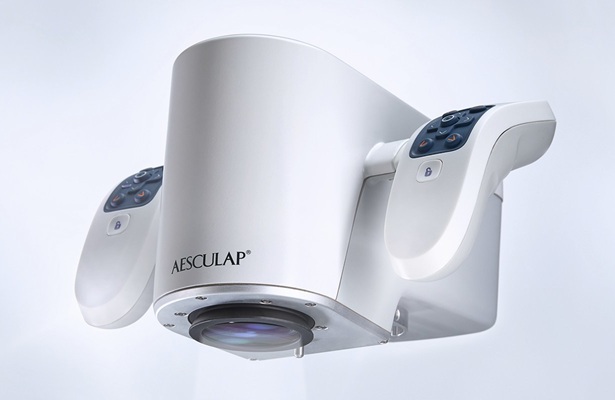
B. Braun Acquires Digital Microsurgery Company True Digital Surgery
The high-end microsurgery market in neurosurgery, spine, and ENT is undergoing a significant transformation. Traditional analog microscopes are giving way to digital exoscopes, which provide improved visualization,... Read more
CMEF 2025 to Promote Holistic and High-Quality Development of Medical and Health Industry
The 92nd China International Medical Equipment Fair (CMEF 2025) Autumn Exhibition is scheduled to be held from September 26 to 29 at the China Import and Export Fair Complex (Canton Fair Complex) in Guangzhou.... Read more











